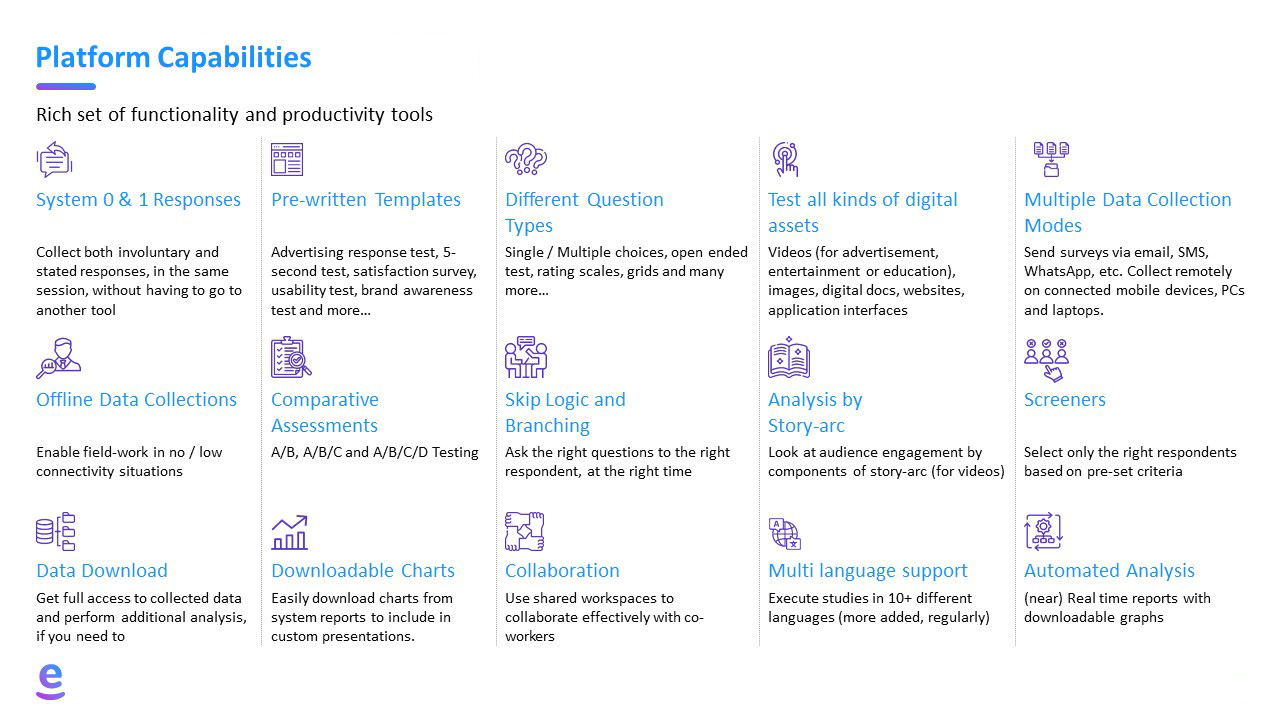Ah, the eternal quest to capture customer attention in a world full of distractions! It’s like trying to find a needle in a haystack, but instead of a needle, it’s your brilliant ad campaign, and the haystack is… well, everything else.
We’ve all seen those desperate attempts: flashy colors, funky fonts, shapes that defy logic – all in the name of grabbing eyeballs. Sometimes it’s a slam dunk, other times it’s a faceplant. We might as well consult a Magic 8-Ball for our creative decisions – “Outlook hazy, try again later.”
Even the big shots with hefty budgets and creative geniuses on speed dial don’t always hit the mark. It’s like they’re throwing darts blindfolded – sometimes they hit the bullseye, sometimes they hit the wall. Or worse, the intern.
You’d think with all our fancy technology, we’d have cracked the code by now. But turns out, heuristics, when combined, don’t always work. Let’s take 360-degree videos. Due to their interactive nature, rich imagery, and spatial sound design, 360-degree videos have been termed “the ultimate empathy machine” And now, here comes the BUT. In a study run by the Neuroscience department of University of Valencia found that visual attention paid is lower in 360-degree FMCG ads than in 2D ads. Brand logo recognition is lower in 360-degree ads than in 2D video ads. So, while it’s great to show apartment listings and help us place an object inside our space,2D videos trump 3D videos for creating awareness and recall.
So how can we confidently crack the code and grab attention to activate action.
Those on the AI hype train will suggest using AI to predict what creatives will grab attention. Sure, AI can analyze pixels till the cows come home because the visual cortex of humans are similar and react similarly to stimulus. Predictive algorithms using data sets can predict where the human eye will focus. But it can’t tell us if our target humans will be attentive. Will they spend enough time to understand, interpret and react to what they are seeing?
So, how do we crack the code? We don’t need code-breakers or a team of marketing wizards locked away in an ivory tower. Nope, it’s something simple: feedback from real people representative of the folks we are trying to reach.
And guess what? It works like a charm. Confident creatives embrace testing and feedback like a warm hug. Take, for instance, the legendary team at Ogilvy and Mather behind Toyota’s Jan at the Front Desk campaign. They didn’t rely on some ad exec’s midnight epiphany; they rolled up their sleeves and dove into the trenches of real-world testing and tweaking. And boy, did it pay off for Toyota. Their campaign outshone competitors in terms of dealer visit intent, urgency, appeal, brand linkage, and brand fit. It’s proof positive that when you listen to your customers, winning in the marketplace is easy.
And hey, in a world where attention is the first step in a budding relationship, why not test your creatives in the wild? It’s like sending your ad out into the jungle and seeing if it can survive. So, let’s raise a toast to the power of human feedback – because sometimes, the best AI is the AI humans can use effectively to learn from other humans.



